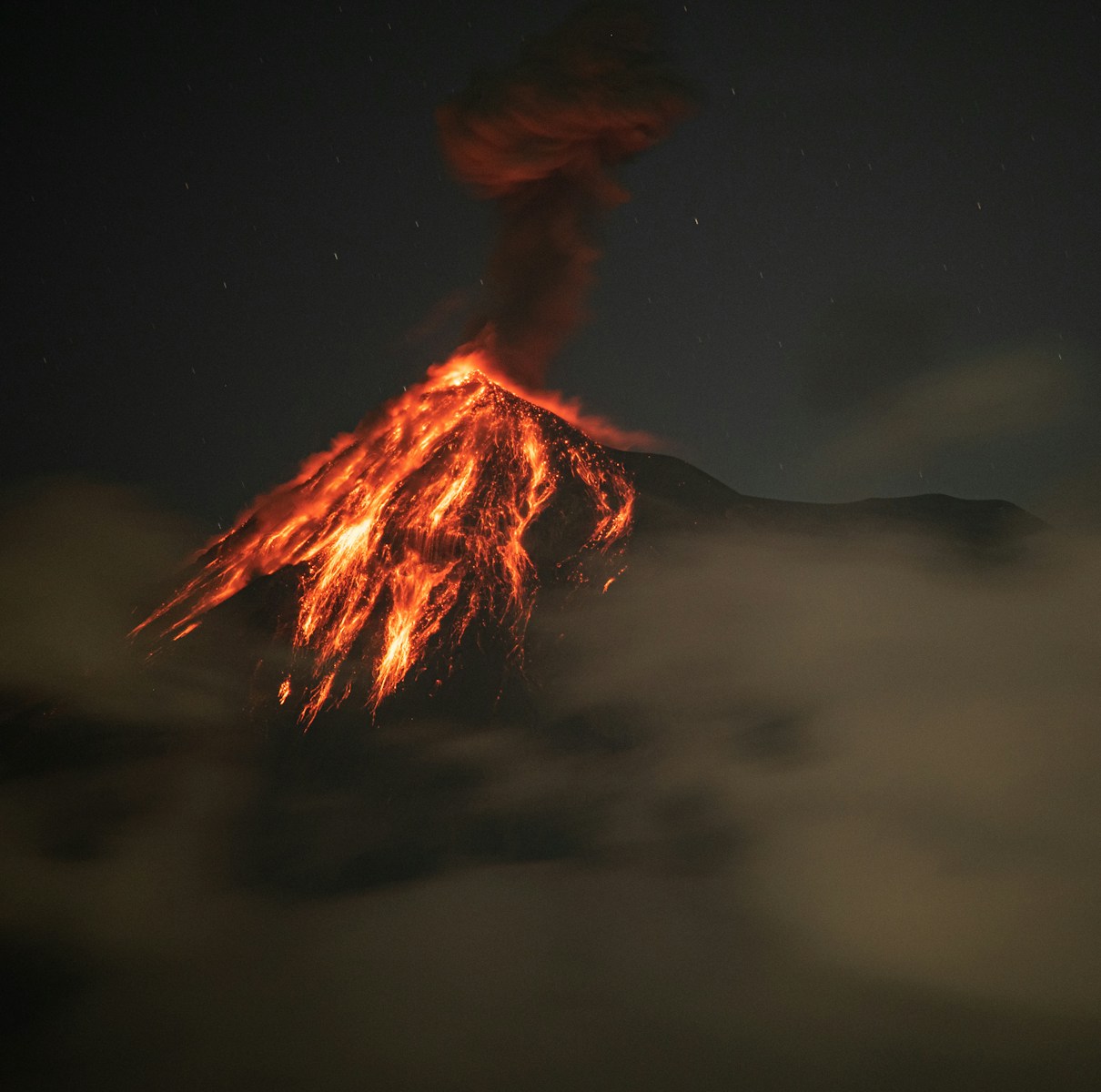Key Takeaways
- A massive volcanic blast called the Toba eruption happened 74,000 years ago.
- Tiny glass fragments from that blast help scientists track its reach.
- Archaeological sites show people survived and even thrived after the ash fell.
- Human adaptability and new tools kept communities alive through intense changes.
Imagine a volcano blasting 2,800 cubic kilometers of ash into the sky. The Toba eruption did exactly that. It covered large areas in darkness, cooled the planet, and dumped acid rain nearby. Yet, humans did not vanish. Instead, they adapted. Let’s explore how we know they made it through this giant explosion.
The Power of the Toba Eruption
First, consider how big the Toba eruption was. It was more than 10,000 times larger than Mount St. Helens in 1980. Ash spread across continents. It blocked sunlight and cooled the globe for years. Near the volcano, acid rain tainted water. Thick ash buried plants and animals under meters of dust. Many people living close by likely died. However, farther away, some groups survived.
Hunting for Microscopic Clues
Scientists study tiny glass bits called cryptotephra to learn where ash traveled. These bits measure about as wide as a human hair. They hide in dirt layers and resist decay. Researchers use sieves and fine tools to pull out each shard. Then they check its chemistry. Every eruption has a unique chemical fingerprint. By matching shards to that fingerprint, experts track the Toba eruption’s reach.
Moreover, teams dig at ancient human camps. They take column samples from exposed dirt layers. After months in the lab, they reveal which ash layer matches Toba. This method pinpoints where and when ash landed at each site. It also tells us which communities faced the fallout.
What the Archaeological Record Reveals
After finding a Toba eruption layer, archaeologists look for human signs above and below it. These signs include tools, hearths, and food remains. In South Africa’s Pinnacle Point caves, people used stone blades before the ash arrived. They stayed through the ash fall. Then they made even more blades afterward. This shows they adapted and kept living on site.
Likewise, at a site in Ethiopia, cryptotephra from the Toba eruption appears in layers with human activity both before and after. There, groups switched to seasonal river fishing and adopted bow-and-arrow hunting. These changes helped them cope with drier conditions. In Asia, similar finds appear in India, China, and Indonesia. Across thousands of miles, people weathered the Toba eruption and built new survival strategies.
Through these records, scientists see that human numbers likely bounced back quickly. The eruption did not wipe out global populations. Instead, it may have slowed growth briefly. Genetic studies once suggested a massive bottleneck, but recent data hint at other causes too.
Lessons for Our Future
Studying the Toba eruption teaches us about resilience. We now monitor active volcanoes around the world. Sensors track tremors, gas emissions, and ground shifts. Early warnings give communities time to prepare. Yet even in the worst case, humans have proven they can find solutions amid chaos.
For example, learning how past groups shifted diets and tool use can guide relief efforts today. If ash blocks sunlight and food sources vanish, people might focus on new resources or technologies. In this way, the past informs our responses to extreme events now and in the future.
Frequently Asked Questions
What was the Toba eruption?
The Toba eruption was a supervolcano blast in Indonesia about 74,000 years ago. It sent massive ash clouds into the sky, cooled the planet, and impacted global climates.
Did humans almost go extinct because of it?
While early studies proposed a huge drop in human numbers, recent finds show many groups survived. Archaeological sites reveal people lived through the ash and kept innovating.
How do scientists find volcanic glass from the Toba eruption?
Researchers dig at ancient sites and collect dirt layers. They wash and sieve these samples to isolate tiny glass shards. Then they match each shard’s chemistry to the Toba eruption’s unique fingerprint.
Why does this matter today?
By seeing how people adapted to the Toba eruption, we learn how to face disasters now. We apply those lessons to improve early warnings, shelter plans, and food strategies for volcanic or other environmental crises.

